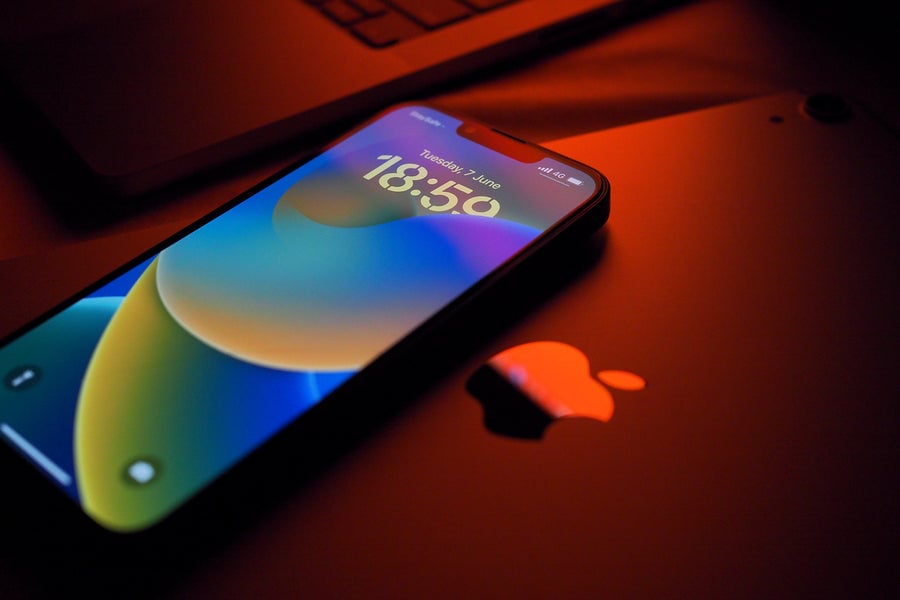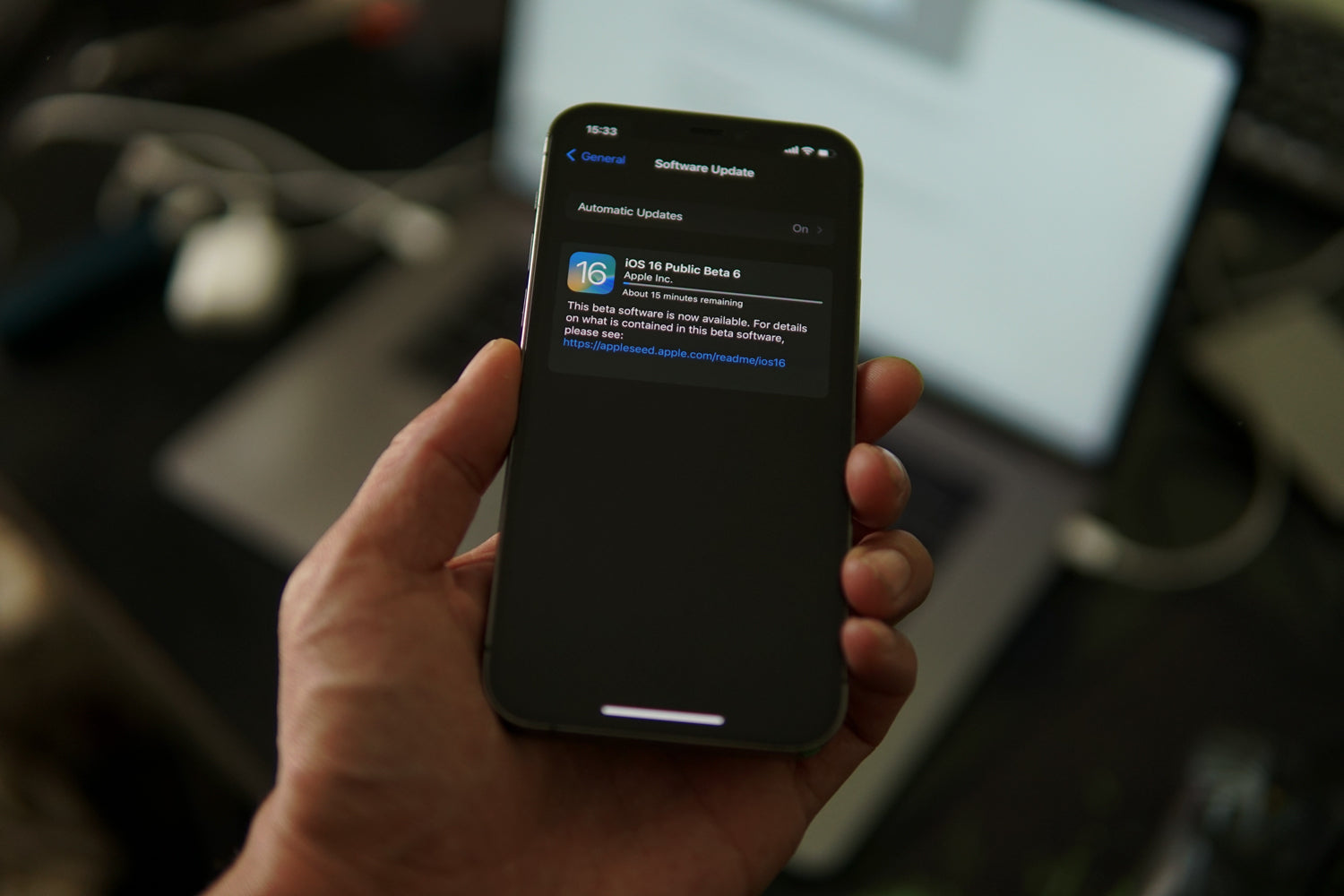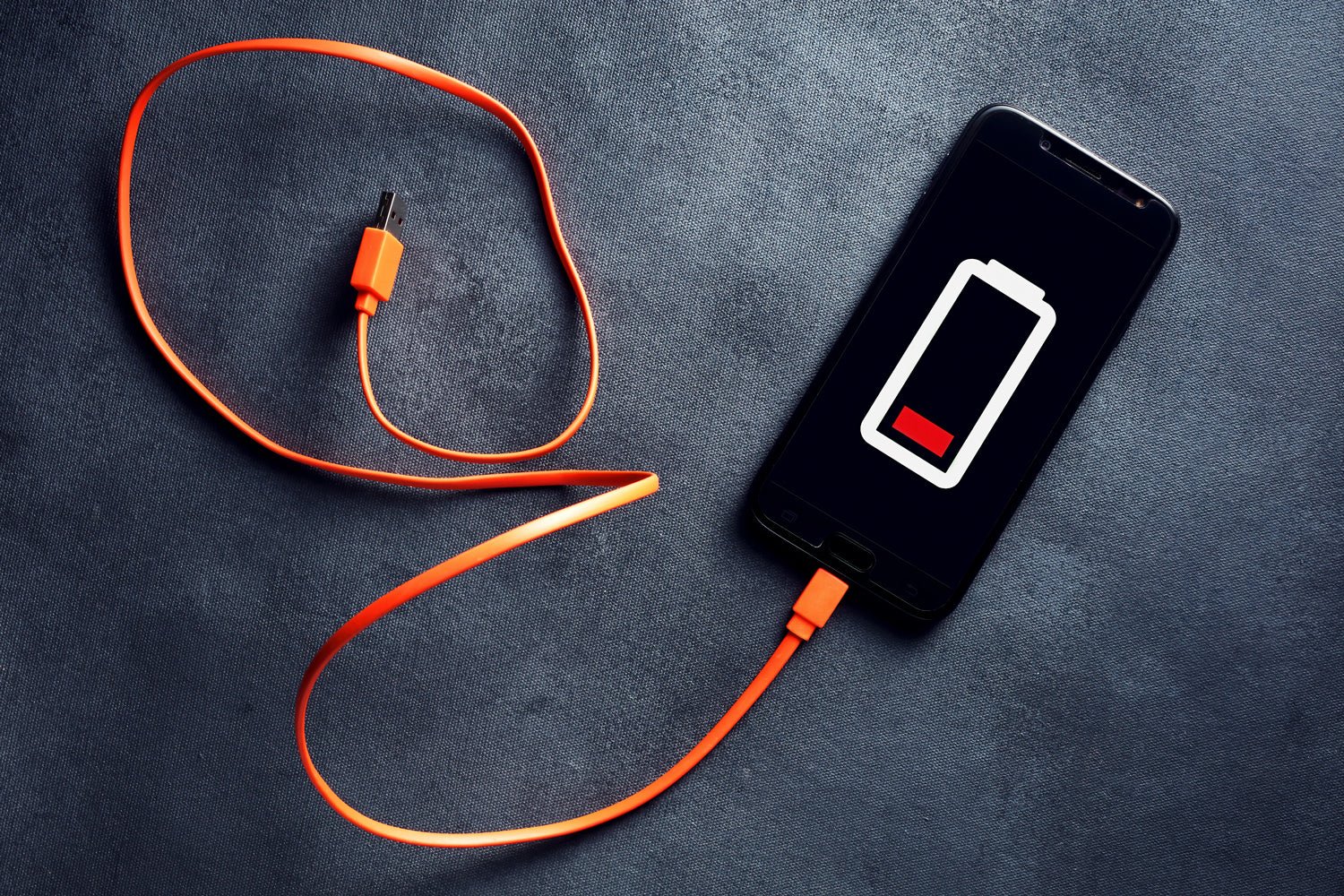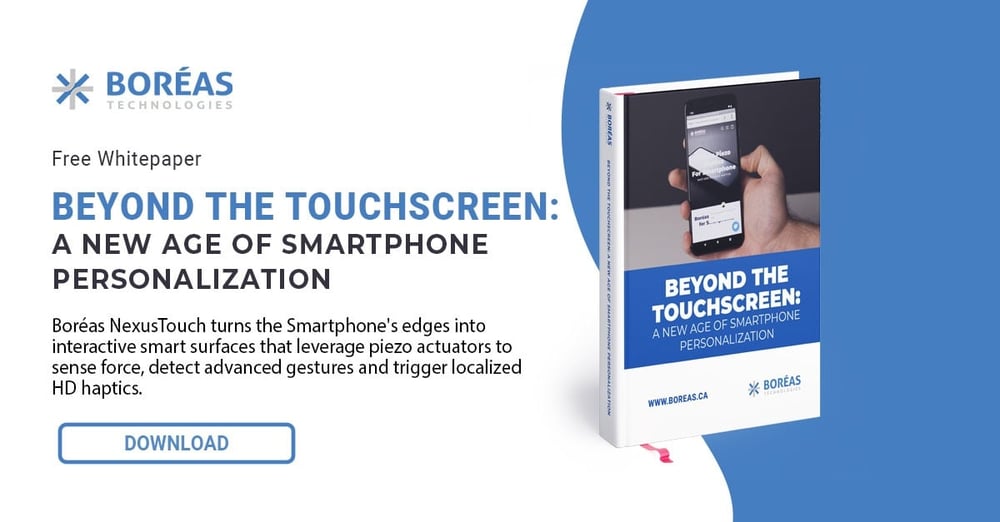
If you run regular iPhone updates, do you ever notice the battery percentage dropping at unprecedented rates after downloading new software? If so, do you know why?
New updates always come with many tweaks to software and hardware settings, each affecting your phone's battery stamina to varying degrees. Unfortunately for some, the iOS 16 update played a role in battery depletion. The reason? iOS 16 introduced the new haptic feedback iPhone keyboard.
Sometimes, haptics contributes to battery life loss. But many are unfamiliar with haptics and don’t understand the reason behind its effect on power consumption. Using certain haptic technologies can eliminate battery drain issues — so, to judge the iOS keyboard haptic feedback update properly, it's good to know exactly why it happens and how the trade-offs affect the mobile experience.
What Is the New Haptic Keyboard Feature for iOS 16?

Haptics refers to anything relating to the sense of touch. In recent years, technology of all kinds — from automobiles to smartphones — has gravitated toward bringing in haptics to increase the user's sense of physical connection and provide a more immersive experience. Overall, haptics is a significant trend and one that does not show signs of slowing.
What is haptics on iPhone's new iOS 16 update? It refers to how the new keyboard feature gives off slight vibrations with each key press. Then, when the user taps their display, it sends a slight vibration. These vibrations come from the same motor that causes your phone to vibrate when you get a message or close your lock screen. This vibration uses power, and some find that these additional vibrations from the iOS 16 update cause significant battery life issues. However, even though the update could cause battery drainage, leaving on the haptic keyboard is still worth considering.
Why the iOS 16 Keyboard Is One of iPhone's Best New Features
Haptic vibrations are often worth the opportunity cost. Again, using them is a matter of personal preference, but the physical stimulation from the iOS keyboard haptic feedback update often leads to a more engaging experience.
From texting to gameplay, the haptic keyboard creates an environment that communicates with you. Furthermore, many iPhone users find the feature worth the potential battery drain issues. And in many cases, the battery life is hardly affected at all.
Additionally, haptic feedback boasts more than an engaging environment. Many users experience greater productivity, faster typing, and accuracy from actively feeling a response from their keypad.
Even though there are advantages, that doesn't eliminate the fact that your battery takes a toll, and something should be done about it.
Despite the Advantages, Haptic Feedback Results in Fast Battery Life Drain

Because the haptic mechanism in the iphone deplete the battery, it can keep people from taking advantage of the benefits of tactile feedback.
Enabling haptics uses power because an internal motor generates the vibration. So, depending on the motor type, it can use a significant amount of juice. Unfortunately, because of the nature of the motor used in the haptic Apple keyboard, battery life often suffers when it's enabled.
The Importance of Low Power Consumption for Haptics
While haptic technology proves its worth in many ways, there's a strong need for new forms of tactile feedback that consume less power. Currently, there are three main motor options.
The first design is the eccentric rotating mass (EMR). This haptic actuation occurs when an electric-powered motor spins an eccentric mass. As the mass spins, it creates a vibrating effect.
The second option is known as a linear resonant actuator (LRA). This form conducts itself like a speaker, using a copper voice coil to create an electromagnetic field. This field moves a mass, oscillating it back and forth to create a vibration effect.
Apple decided to create a separate form of haptic motor, unique to the iPhone, known as a "Taptic Engine." However, upon examination, it closely resembles the LRA. Because of this, Apple's Taptic Engine suffers from the same power consumption issues.
The Apple keyboard battery life problem is indicative of a more significant need across the tech industry to create better solutions that don't suffer from the same battery issues. Thankfully, there are emerging forms of haptic solutions to address this need.

The Solution: A State-of-the-Art Piezo Driver
Nobody likes seeing their iPhone drop below 20% battery life, let alone having their device die. So it's no wonder that many opt out of using haptic features. However, if Apple wanted to avoid unwanted battery drainage, it should've built its phones with the third option: piezoelectric drivers.
Piezo devices are top-of-the-line haptic actuation technology. However, piezoelectric feedback is unique because it completely alters the format and power structure of the traditional haptic methods. It’s so effective that, compared to other options, a piezo driver uses over 10× less power while delivering a better tactile experience.
To understand how this is done, you need to be aware of piezo materials' power. These unique substances generate an electrical current when pressurized under high voltage. This means that most of the power to create the vibrating effect comes from the motor itself, and the materials do the heavy lifting.
The piezo approach works well for many reasons. First, piezo drivers find power from within instead of relying on an electric-powered motor to move a mass. As you might imagine, this has massive implications for battery consumption compared to existing methods.
The best piezo haptic motors, like Boreas Technologies’ BOS1901, use up to 20× less power than alternative methods. The reason is that the devices are powered by CapDrive integrated circuit architecture, which eliminates the existing battery and latency issues among haptic drivers.
This revolutionary technology is how Boreas can build a haptic driver with the smallest footprint, fastest startup time (300 µs), and the lowest power consumption. The power savings alone are enough for companies to consider switching piezo haptics.
Normally, saving on power comes with a catch. However, piezoelectric solutions aren't merely energy-friendly — they're also more precise, delivering higher-quality feedback and faster response/acceleration times. If that's not enough, they are significantly smaller and lighter than traditional ERM and LRA motors.
For all these reasons, piezo is the next stage in haptic technology. Whether it's phones, wearable technology, or automobiles, piezo's use in the modern world is blossoming, as it helps make devices more affordable, impactful, and immersive.
Boreas Technologies stands at the forefront of the development of piezoelectric haptic solutions. If you think harnessing the power of piezo devices is suitable for your needs, head over to our product page and learn how our piezo feedback devices can help you achieve the results you desire.


Leave a comment